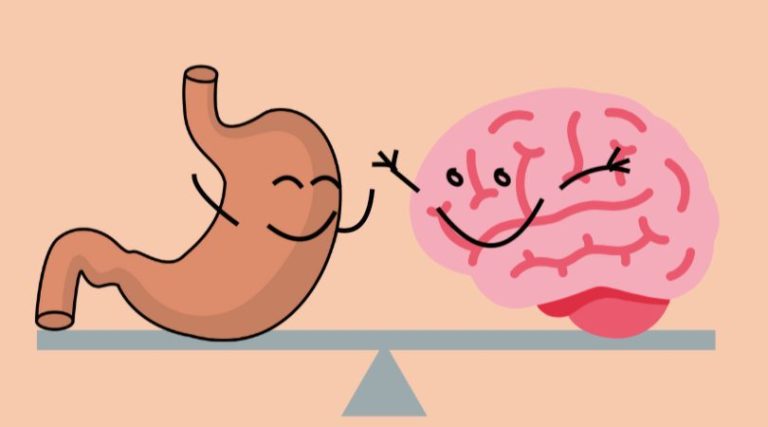Assessing Your Quality of Life and Mental Well-being
Our quality of life and mental wellbeing are interrelated and have a direct effect on one another. That is, the quality of our life impacts our mental wellbeing. The opposite also applies, as our mental wellbeing greatly influences our quality of life. This article takes a look at how to assess our own quality of life and wellbeing: what these concepts are, the relationship between them, as well as how to go about making changes in our daily life to improve them.
Quality of life
Quality of life takes into account various aspects of any individual’s life. Such as our mental, emotional, physical, social, financial, material, and environmental health. Although as mentioned, there are several facets measuring quality of life, the true quality of a person’s life is subjective to themselves as it depends on what the individual requires to make them feel happy and fulfilled with their life. Some people equate being wealthy and having a lot of material possessions as having a good quality of life. Another person might have poor financial and material health due to coming from a lower socioeconomic background, but can still feel like their other aspects are fulfilled, thus making them feel satisfied with their life overall.
Mental health
Mental health is, as stated, one of the pillars on which a person’s quality of life is determined. Poor mental health is directly correlated to a low quality of life. For example, a person struggling with mental health difficulties may find it difficult to engage in life in a way that is meaningful for them. Anxiety, depression and other mental health conditions may make it challenging for a person to perform activities of daily living, such as going to work, interacting socially with friends, or partaking in hobbies that bring happiness to their lives. Good mental health enhances our capacity to function effectively in various aspects of our life. Thereby improving the quality of our life. It allows us to have the resilience and coping skills required to bounce back from adversity. Pursue our goals, and have a positive outlook for our future.
Improving your mental health and quality of life
Now that we better understand the concepts of mental wellbeing and quality of life, as well as the relationship between the two, perhaps we can take a look at identifying ways to improve these. As mentioned earlier, much of life’s satisfaction can be measured by things that are within our control. These include our interpersonal relationships, what we do for recreation, personal development and physical wellbeing. There are various ways to boost our quality of life by nourishing these various aspects of our lives. We can start by trying to eat and sleep better, spend time with people who nourish us, and do things that give us a sense of purpose. There will be times where our mental health will suffer due to factors that are beyond our control. Knowing when to seek professional help and talking about our experiences can help us feel supported and acquire the resources that we need to better our situation.
If you think that you can benefit from professional support on this issue you can reach out here.
Pamela Borg is a counsellor who enjoys working therapeutically with adults experiencing various issues. These include general mental health and wellbeing, gender, sexuality, relationship issues.
References:
First Light Recovery (n.d.). The Connection between Mental Health and Quality of Life. Retrieved from: https://firstlightrecovery.com/the-connection-between-mental-health-and-quality-of-life/
Shetty, R. (2023). Mental Health Check-in for a Quality Life. Retrieved from: https://www.linkedin.com/pulse/our-mental-health-check-quality-life-rajitha-shetty/
Image: <a href=”https://www.freepik.com/free-photo/full-shot-woman-jumping-outdoors_34303869.htm#fromView=search&page=1&position=0&uuid=a1007f09-36ee-42f3-8f34-859c7e69ef44″>Image by freepik</a>






